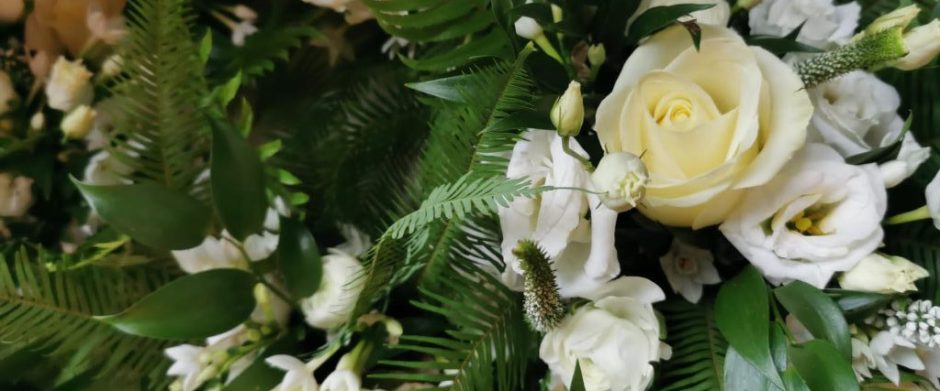As my first reading this piece grabbed my attention with it’s moral questioning. It centred around a study of interviews with studio-instructors about their experience and reflections on Studio Critiques. My practice doesn’t involve traditional critiques as they considered in this paper, however through my tutorial and drop-in sessions, a lot of them have a similar feel and process to some critiques and so I found this very interesting and relevant to my own work. Within the study they identified a few different themes, in this blog post I will be looking specifically at the “Goods of student development” as to me this is the most important part of my work and is also potentially the most complicated to decide upon holistically as a teacher so focusing on this, I believe will give me the most development within my teaching practice.
One of the main considerations of the essay that stood out to me was the question “are studio instructors always right about student goods?”. I was able to use this question to reflect on my own teaching practice, when a student may come to me for a drop-in, they will often have an idea of an outcome and no (or very little) understanding of how to get to that point. The way I usually approach this situation is to consider a few different workflows and suggest a tailored process for the student to follow that I believe would get them to the outcome they have in mind. (see blog titled “Welcome to my Lab” for a better understanding of my teaching environment and students)
By analysing this process, I have discovered that my understanding of the “student good” of a drop-in session with me, is to understand how to create their suggested outcome in the most effective way possible out of the range of techniques and processes I have first-hand experience with. However, looking back at this, although logically it makes sense as a direct goal and outcome and gives them a sure-fire way to get there as the processes are tried and tested, it doesn’t consider the other potential “goods” that could come from this process. It doesn’t consider any “goods of self-cultivation”, explained by Higgins (2010) as a “commitment to ongoing growth, and their various practices, styles and tricks for combating the many forces that deaden the self and distract from task of becoming”. This is such a huge trap as a technician as there is often not much opportunity for growth within this career path and so self-cultivation is incredibly important to engage teachers working in these roles.
A way I could consider increasing my self-cultivation as part of this drop in process would be to not only suggest processes that I know will work, but also experimental processes that I haven’t attempted before. By giving students, the option to explore these I can learn alongside them and increase my own wealth of knowledge of the machinery and equipment. This is something I would like to implement in my teaching, however only within certain situations – it would only be appropriate when the student in question has the time and resources to try something new and only at a point in the term when I would be able to allocate more time to their process. I do believe this would improve both my own and student engagement. This concept also feeds nicely into the ideas I have been digesting having read Assessment and Student transformation: linking character and intellect by Mark Barrow . This has also greatly impacted my thoughts, which I will unpack further in a future post.
Bibliography:
- Higgins, C (2010). The good life of teaching: An Ethics of professional practice. Journal of Philosophy of Education, 44(2-3), 189-478
- Barrow, M (2006). Assessment and student transformation: linking character and intellect. Studies in Higher Education, Vol 31, No. 3, June 2006, pp. 357-372
- McDonald, J. K., & Michela, E. (2019). The design critique and the moral goods of studio pedagogy. Design Studies, 62, 1–35. Available at: https://doi.org/10.1016/j.destud.2019.02.001.

Hi to every body, it’s my first go to see of this webpage; this
webpage carries amazing and genuinely fine material for
visitors.